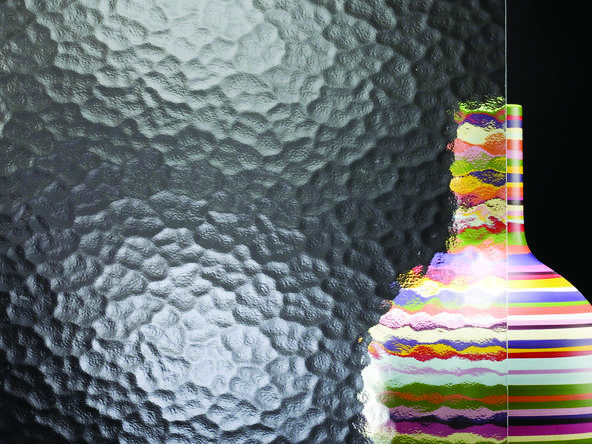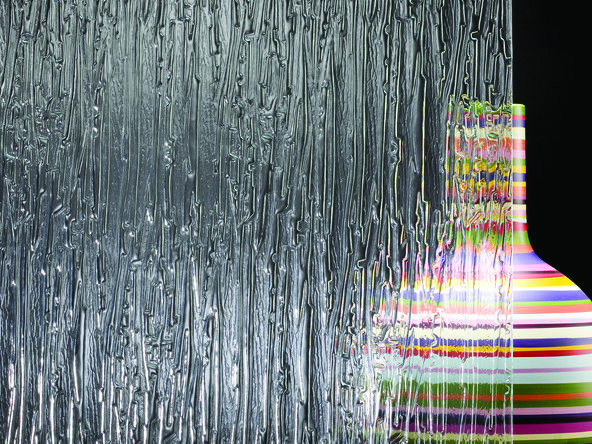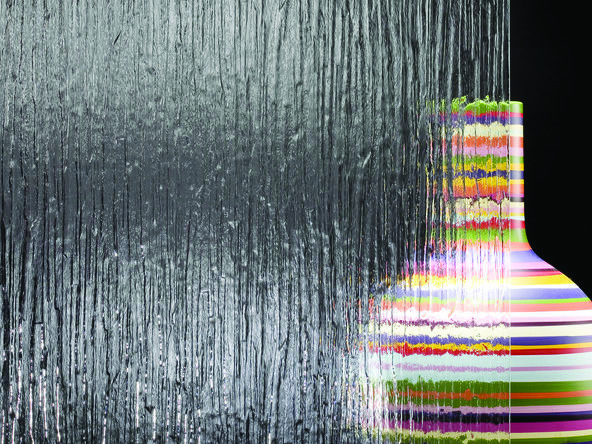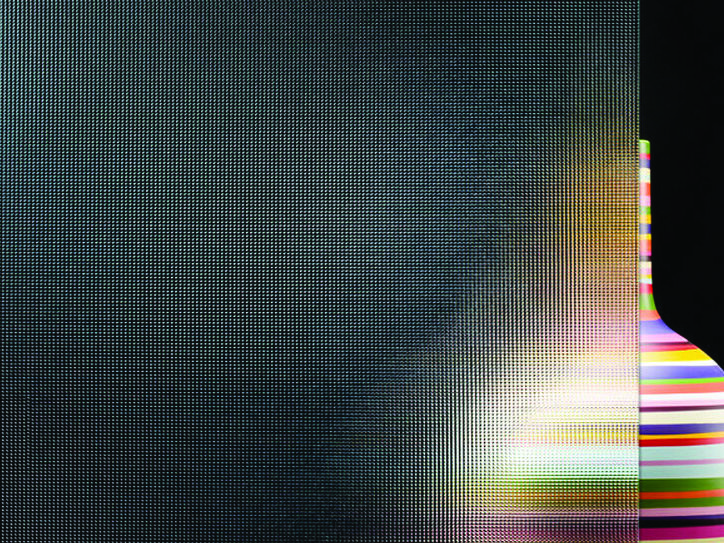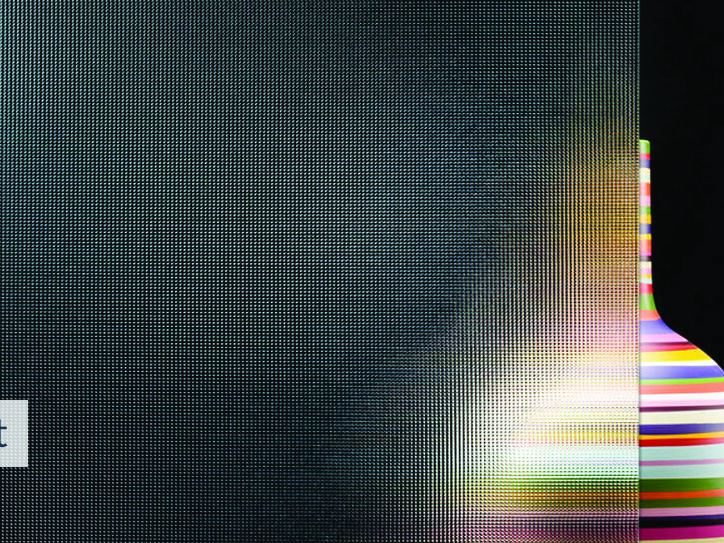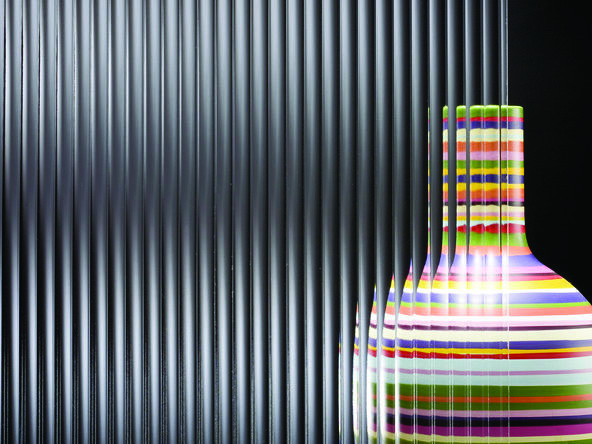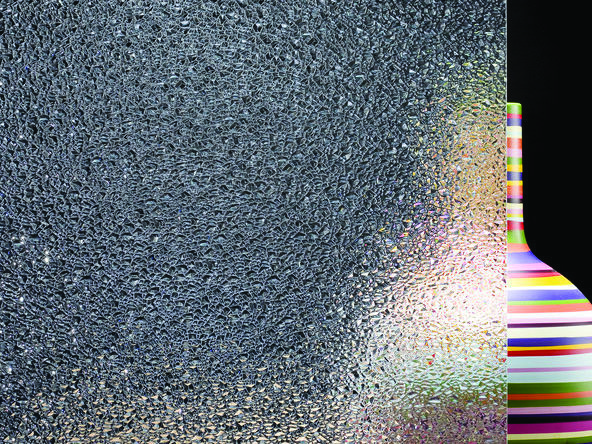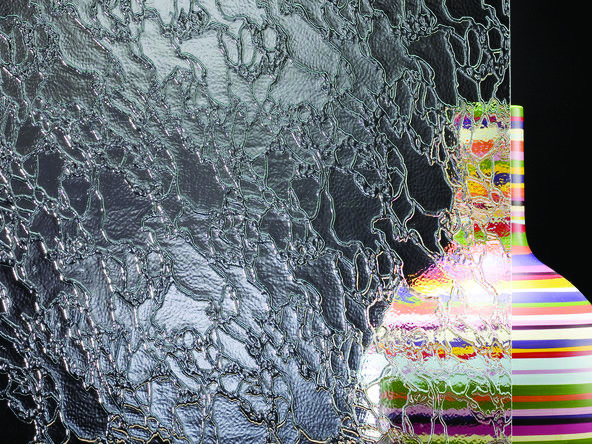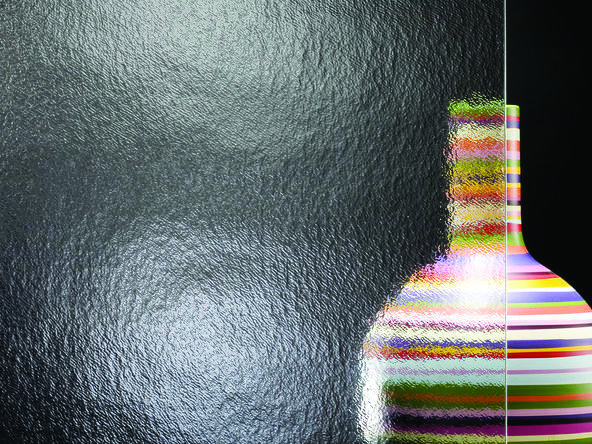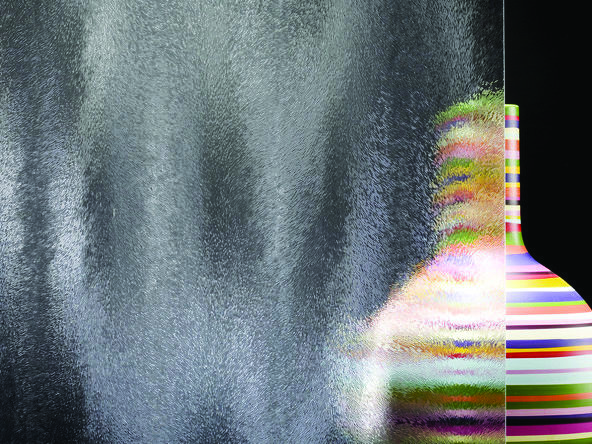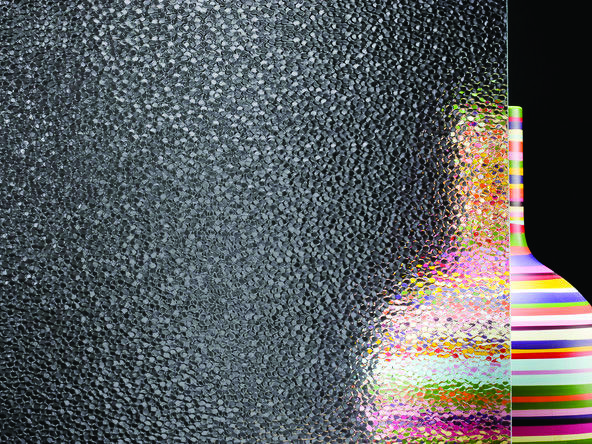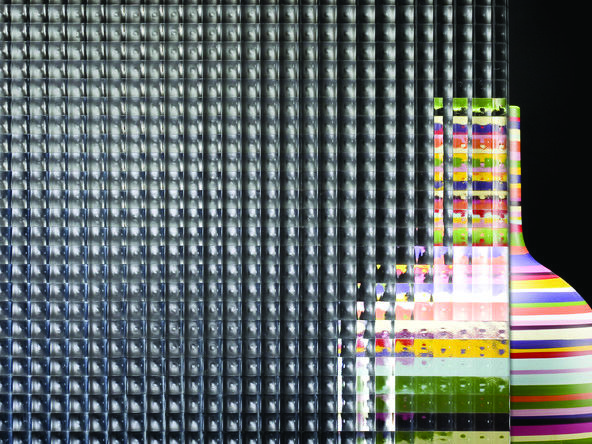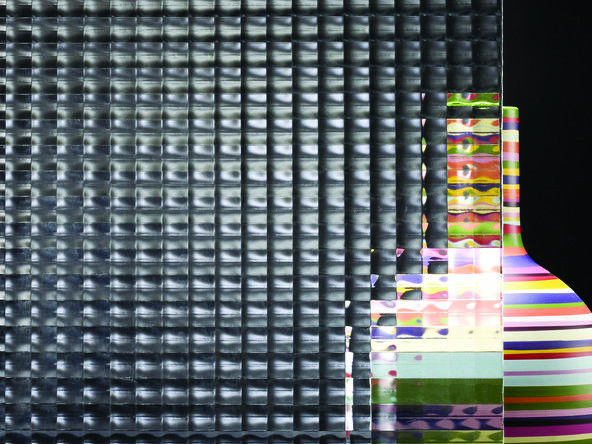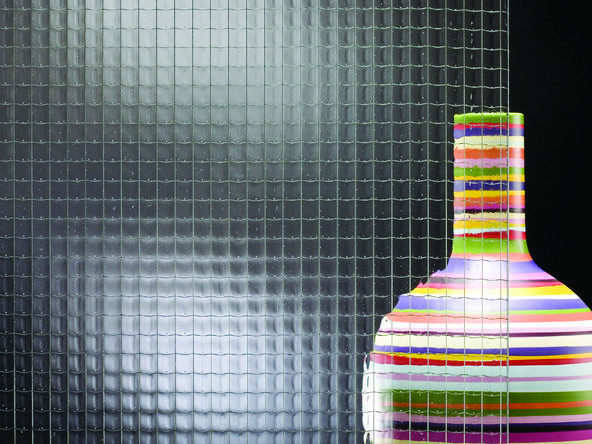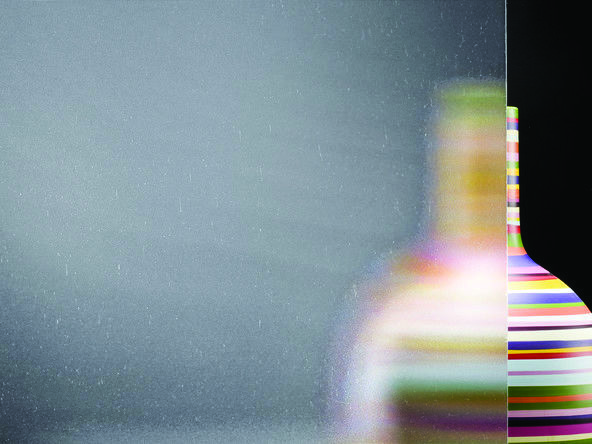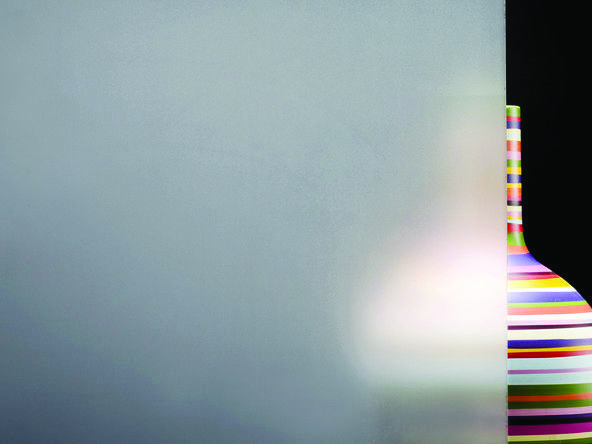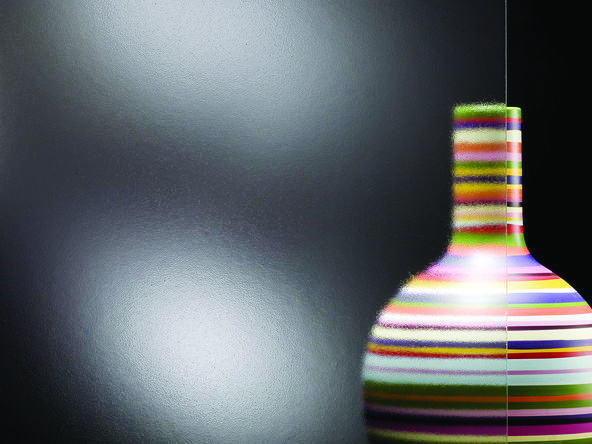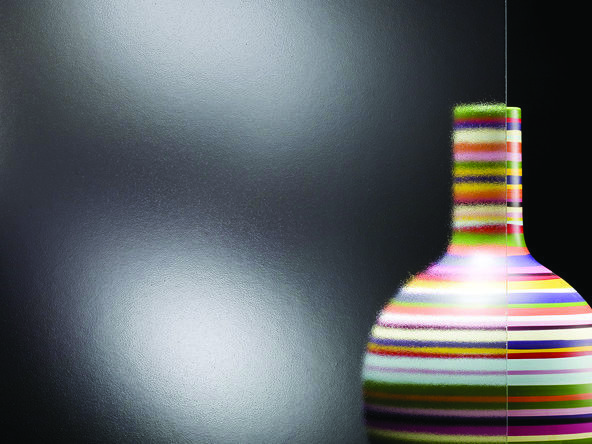Reflective glass or anti-burglary panes?
Carefully chosen panes can greatly reduce heat losses during winter, heat gain during summer, costs of energy and improve security, provide protection against excessive amount of sun and partial protection against prefading. We offer two- and three-pane packages (three-pane package U=0.4) from the best manufacturers: Pikington and Press-Glas. Our clients can choose from a broad range of textures and colours of glass: frosted, tinted, patterned, reflexive. You can install or glue decorative elements in the form of inter-pane bolections.
Optilam™
Choose from our range of anti-burglary P4 panes, as effective as bars, as well as anti-burglary panes, toughened and laminated safe glass, which, if broken, cracks or fragments into very small pieces, but does not fall apart. Optilam™ glass is manufactured by joining two or more sheets of glass and one or several intermediate layers, usually made of PVB films (polivinylbutyral), glued together with glass in controlled pressure and temperature conditions. The technical parameters of Optilam™ glass can vary depending from the number, thickness and type of glass and intermediate layers, which allows for customisation of glass according to individual requirements. Optilam™ means safety, protection against attack, bulletproofness and protection against explosions. Moreover, it protects against sun, UV radiation and noise. It is also characterised by its decorative value.
Optifloat™
Body tinted Optifloat™ is an absorbing, anti-sun glass. It damps out sunlight by absorbing light and heat radiation. Available in grey, brown, green and blue. The intensity of the colour depends on the thickness of the glass. Optifloat™ glass can be toughened, laminated and can be used in assembled panes. It is an alternative to traditional materials used in room dividers, walls and furniture for houses and offices.
Eclipse Adventage™
Eclipse Adventage™ are low-emission, anti-sun panes (antisol), body tinted, mirror coated to absorb light, and reflexive panes, which during summertime protect against overheating, and in winter reduce heat loss. They are available in many colours: Clear, Blue-Green, Bronze, Grey, EverGreen and Arctic Blue. The possibility of providing a reflexive coating in different colours allows for achieving interesting architectonic effects when seen from the outside. Reflexive glass can thus be a decorative element for elevation of buildings.
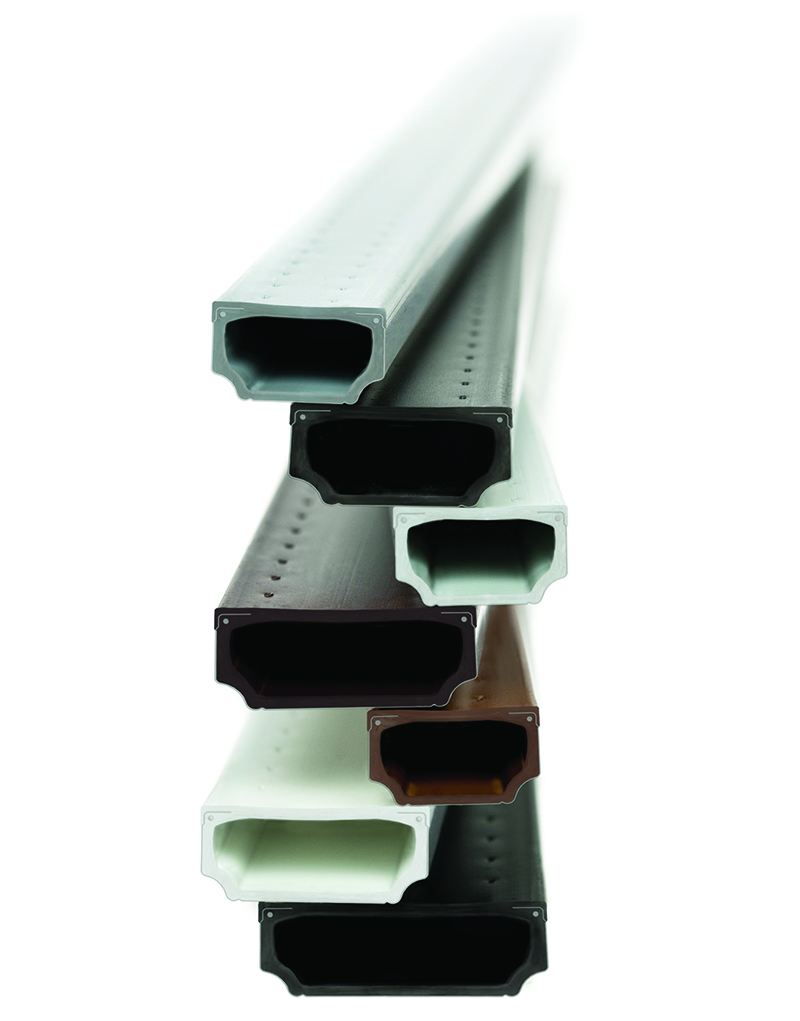
Insulating warm frame
Using a warm inter-pane frame, joining the outer and internal panes, improves the U coefficient by up to 10%. The warm frame used in Ekoplast windows is characterised, contrary to metal, by excellent insulating properties, thus effectively reducing the thermal bridge. Insulating frame minimalises the vapour condensation on the pane edges, which is often a problem in rooms during autumn and winter. Hence, it reduces the risk of the development of moulds, which are detrimental to health. It also eliminates the risk of cracking, which can occur due to very low temperatures.
The warm frame influences the permeability of cold by increasing the temperature on the edges of the windows, which warms up the room and creates a mild microclimate.
Contrary to commonly used metal spacers, the warm frame is made of high-quality, thermally optimised organic materials, reinforced with glass fibre, covered with extremely thin stainless steel or aluminium film on the outside. The film ensures sealant adherence to mount the assembled glass, thus ensuring proper airtightness against gases contained in inter-pane space and vapour. The warm frame is mechanically and thermally resistant to temperatures up to 100°C.
Warm frames can be used with any type of woodwork. They are used for windows and doors, façades, winter gardens and roof windows. It is not only a colourful, aesthetic inter-pane frame – it is, above all, a higher degree of thermoinsulation, and hence lower heat energy consumption.
Bolections
Bolections, that is decorative slats dividing the window into several parts, are a low-cost and popular solution, especially for houses and mansions. Bolections can be installed between the glasses or glued to panes. Inter-pane bolections are made of aluminium profiles. They are mounted to inter-pane frames, between the panes. They can be narrow slats or broader, up to several centimetres, bars. The main advantage of bolections glued to panes, imitating the inter-pane bolections, is that they can be narrower than permanent bolections, which reduces the loss of light to minimum.





